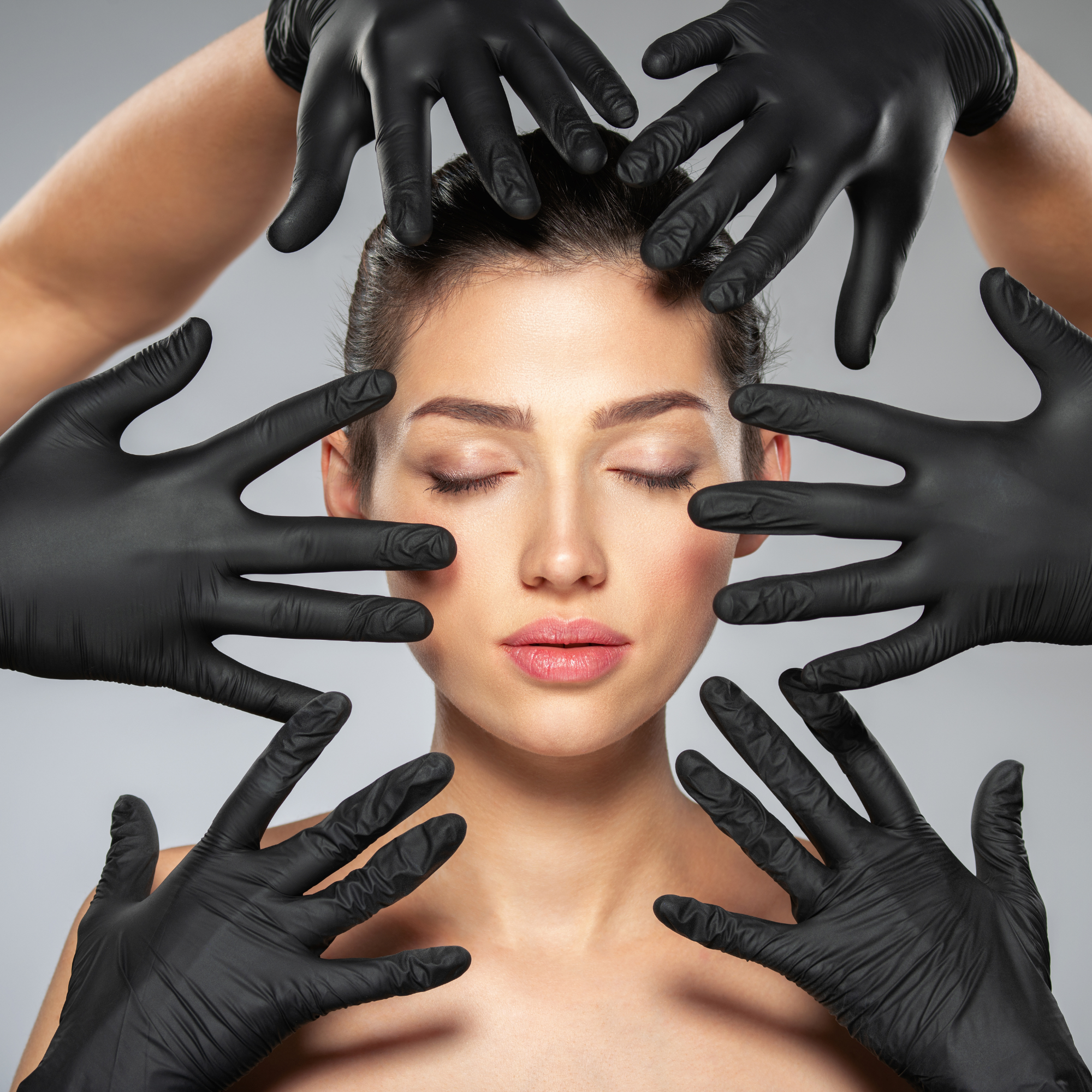Botox in Plastic Surgery
Botulinum toxin is one of the most famous treatments available in the realm of aesthetic medicine. We’ve written extensively about the Basics of Botox to tell you everything you might want to know about its use in cosmetic medicine, but believe it or not its applications extend far beyond this.
Botulinum toxin is used by plastic surgeons in a variety of different treatments, some of which you might see in an aesthetic clinic and some of which may surprise you! To learn more, we had a chat with plastic surgical trainee Dr Nauar Knightly to get a little insight into how he uses toxin in his surgical work.
Botox has many medical applications
If you remember how botulinum toxin works, it acts primarily as a muscle relaxant. This is why it is so effective at minimising the dynamic wrinkles that are caused by constantly moving our muscles of facial expression. But this can also be very beneficial in disorders of muscle tone or spasticity. Think of it as a way to relax muscles that are inappropriately overactive. It can also work on the sweat glands, reducing sweat overproduction.
Dr Knightly explains his experience as a surgeon with botulinum toxin:
As a plastics and reconstructive trainee, my experience with botox is mostly related to hyperhidrosis and muscular contractures, in patients who have a history of a stroke, polio, cerebral palsy or other neuromuscular disorders. Botulinum toxin has many clinical uses in spite of its popularity and notoriety in cosmesis. Its reputation is heavily ingrained in cosmetics but its employed in a wide range of clinical conditions.
Botox is used for excessive sweating
Hyperhidrosis is the medical term for abnormal sweating. Sufferers often sweat excessively (even when it’s not hot) drenching their clothes. This condition can have a massive impact on someone’s quality of life, causing discomfort and even embarrassment. This is why having an easy, safe, and effective treatment like botulinum toxin is a wonderful solution for many patients.
Toxin is most commonly used in the underarm area, but can also be used very effectively in the palms of the hands. There is research showing that forehead injections help with excessive forehead sweating. There is also some work examining its use in the soles of the feet. However, this can be a painful area to inject.
Toxin for hyperhidrosis is a treatment that can be carried out by aesthetic doctors as well as plastic surgeons, provided they are working in a CQC-registered clinic. Dr Knightly describes the method used when he treats this condition:
We know Botox is very effective in treating hyperhidrosis (excessive sweating). We usually manage this with 50 units per anatomical region. Since this is a bilateral predisposition we tend to use 100 units; 50 units on one side and 50 on the other. We divide the anatomical area (e.g. armpit/hand/foot) into 20 cells which we draw with a marking pen (5 x 4 grid). We inject 2.5 units into each cell which makes sums up to 50 units per side. The injection is targeted subcutaneously. When this is performed, small blebs are found in each cell after injection. Patients find this very effective and the majority return for follow up 6 months following the first treatment.
Botox is used for migraines
Any migraine sufferer will tell you how awful and debilitating these headaches can be. The theory is that botulinum toxin injections can relieve the pain of migraine by both blocking the pain signal transmitted by the nerves and by relaxing the muscles and reducing the pressure in the area of the headache.
The NHS approved the use of this treatment for migraine sufferers in 2012. This is another treatment that can be offered by aesthetic practitioners in CQC-registered clinics.
Botox is used for neuromuscular disorders
The use of botulinum toxin in neuromuscular disorders is an area that is beyond the scope of practice for most aesthetic doctors, but it is very important. The main uses involve easing muscle spasms and contractures to improve muscle movement and decrease pain.
These conditions include the following and give a little taste of the versatility of this treatment:
Tremors
Strabismus (misalignment of the eyes)
Achalasia (motility disorder of the oesophagus that can cause issues with swallow)
Torticollis (painful spasm of the neck)
Blepharospasm (involuntary blinking of the eye)
Dr Knightly describes how he uses botulinum toxin to help treat muscular contractures in his patients:
In patients who have muscular contractures a higher dose is usually warranted. We use up to 200 units per affected joint (e.g. elbow/knee). This is intramuscular rather than subcutaneous as is the case in hyperhidrosis. In the case of contractures, the need for re-injection is more frequent than in hyperhidrosis and patients get between 3 – 6 months of clinical benefit from this. This does provide clinical relief, but contractures require a multidisciplinary approach to management and botulinum toxin is only one modality of treatment. This is used in conjunction with splinting, baclofen and possible surgical release.
The Bottom Line
Botulinum toxin can be used for hyperhydrosis, migraines, and muscle overactivity seen in many neuromuscular conditions.
So, when you think “Botox,” don’t just think about its cosmetic uses! It is an incredible medication, highly effective, very safe, and has an application in so many medical conditions.















There are so many incredible stories in medical history, especially when it comes to plastic surgery and cosmetic medicine. As I’ve discussed previously, the origin of a lot of aesthetic medical techniques come from the horrific injuries sustained during the World Wars and the innovation and brilliance of the clinicians who tried to treat them.
One of my favourite stories is about the Guinea Pig Club.